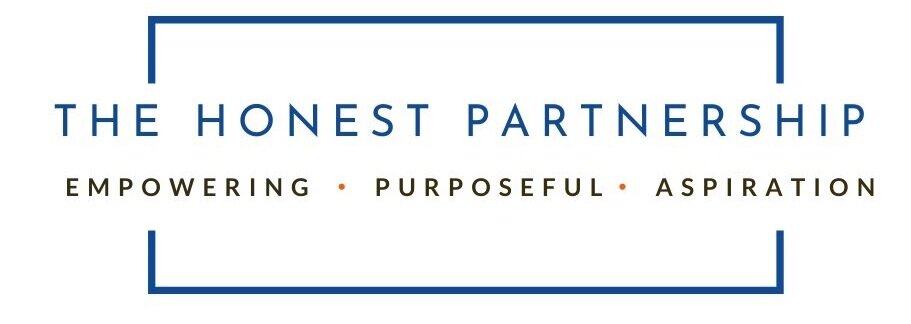
Module 4: WHAT DO HEALTHY BOUNDARIES LOOK LIKE?
The purpose of boundaries reflects the way you take responsibility for your life.
Boundaries: Delicate balance of your needs & others
The Invisible Line
The challenge with boundary setting is they can appear quite complex, this may be becoming apparent as you work through the modules. Multiple factors make up personal boundaries. There is a delicate tension between meeting our needs and meeting the needs of others such as
How do we know how much of ourselves we should give away?
How do we stop feeling guilty about disappointing others?
How do we even know what our boundaries are?
-
Boundaries are Personal
We’ve established Healthy boundaries are a key element in your physical, mental, and emotional health, the big thing is they look different for each person and their relationship. Plus they shift change over time as the needs of both parties change. Remember healthy boundaries are bidirectional; they involve communicating your wants and needs in a relationship, while also respecting the wants and needs of the other person in the relationship
-
Pause moment
> How would it be to allow yourself not to care so much about a family member holding a less than favourable opinion of your working style?
Imagine you holding your own power & openly listening. Not reacting. Allowing them to finish.
Imagine then saying that’s an opinion, I do not see it that way. This is not something I wish to debate. I would appreciate if this subject is dropped.
Appreciate this sounds unreal right now, but it is possible with practice.
HEALTHY BOUNDARIES LOOK LIKE?
Activity 4: Because personal boundaries are invisible this exercise start to enable us to recognise when they are in place & when they are not. Let’s building new skills in seeing the invisible.
4. Netflix Challenge
Here is legitimate permission to sit and watch it can be a film, read a book or observe real-life family or work dynamics, the medium doesn't matter, the opportunity to watch is what is most important and recognising what you have learnt so far - that is the powerful part of this exercise.
Aim: To become more aware of boundaries (healthy & unhealthy)
Why: Greater understanding of how people observe, maintain and defend boundaries
How: Find a group of people to observe. Sit & watch. Listen. Take in what is emerging
What you need: A willing group of people who can be observed: film, a soap, boxset, a book, family & time to observe.
Time: You choose
Here’s How…
When picking a show to watch out for boundaries consider this: a fully functioning family dynamic doesn't make great TV, so you may find unhealthy boundaries easier to spot. If you are having real trouble then consider picking a show that is more supportive or wholesome: Queer Eye, Bake Off, game shows like The Wall or more wholesome Hallmark type shows…think about the unhealthy boundaries in Love Island or The Real Housewives
Here’s your check list
Able to say no (no matter if its friends, family or work colleagues)
Relationships will have a healthy balance where everyone’s needs are valued & supported
Individuals will be able to voice opinions or concerns with those around them without feeling threatened
Relationships will observe and respect others values
People able to ask questions (the intention was looking out for someone’s wellbeing)
Taking time for self-care (did guilt appear?)
Able to say no without worrying about how others think, say or feel about that person
Empowered to be self around others
To Finish Up
What have you learnt from this exercise that has surprised you
Identify 1-3 situations that surprised you
Consider how the parties thought, felt & acted
How did the interactions and boundaries benefit them
What costs do you think where associated with the boundaries


